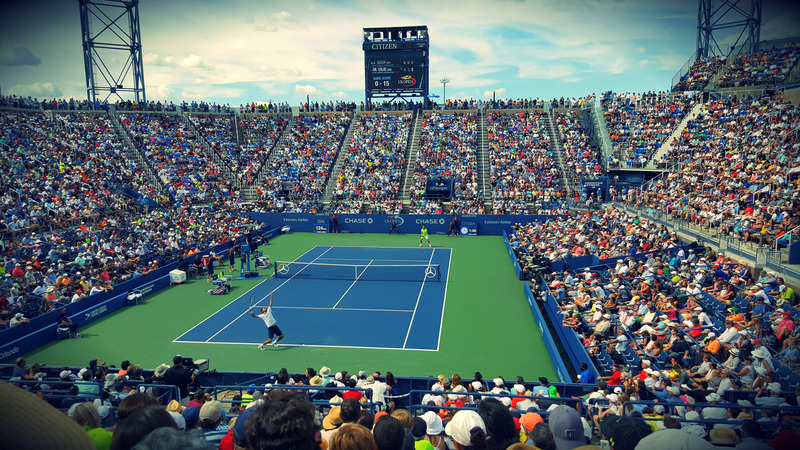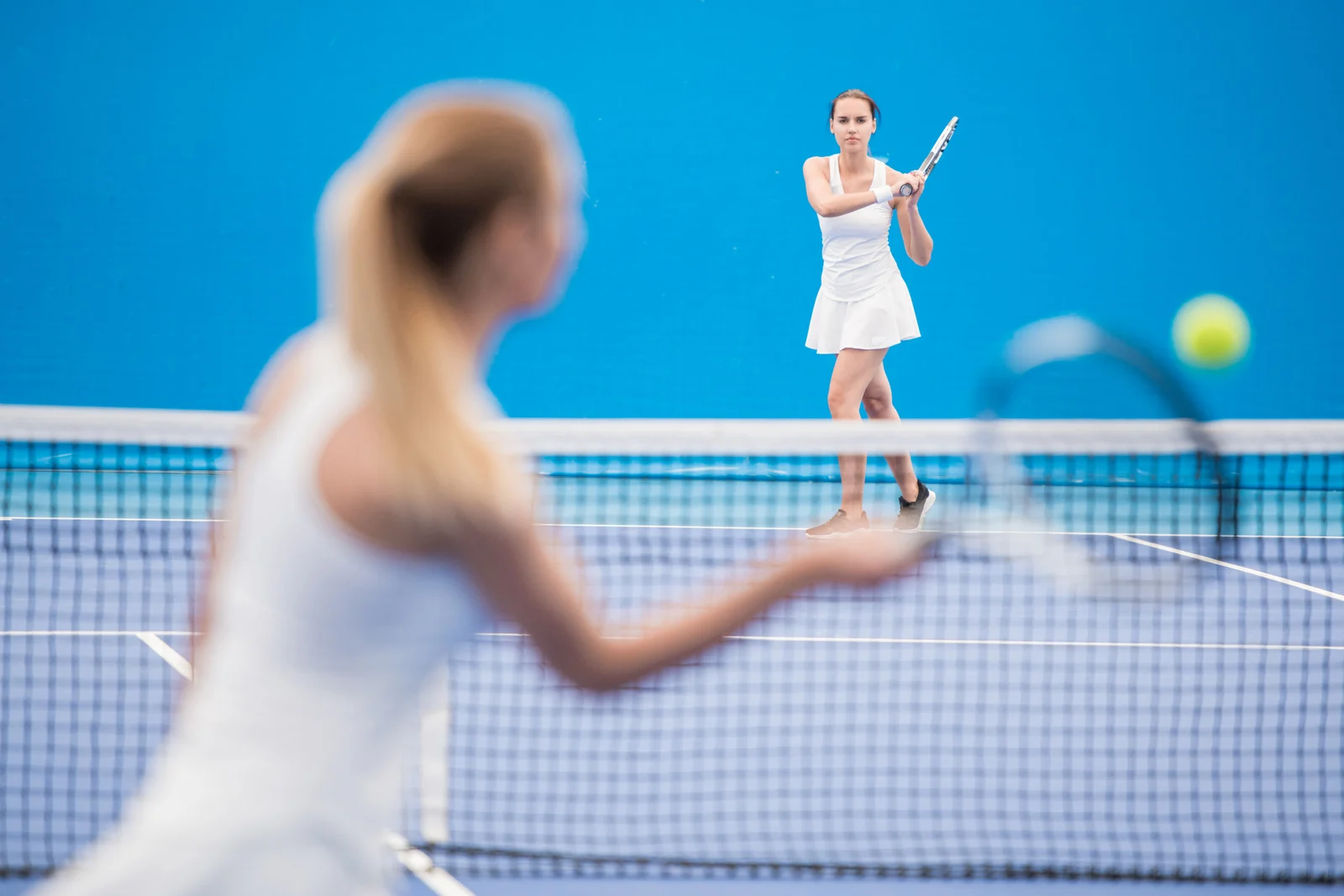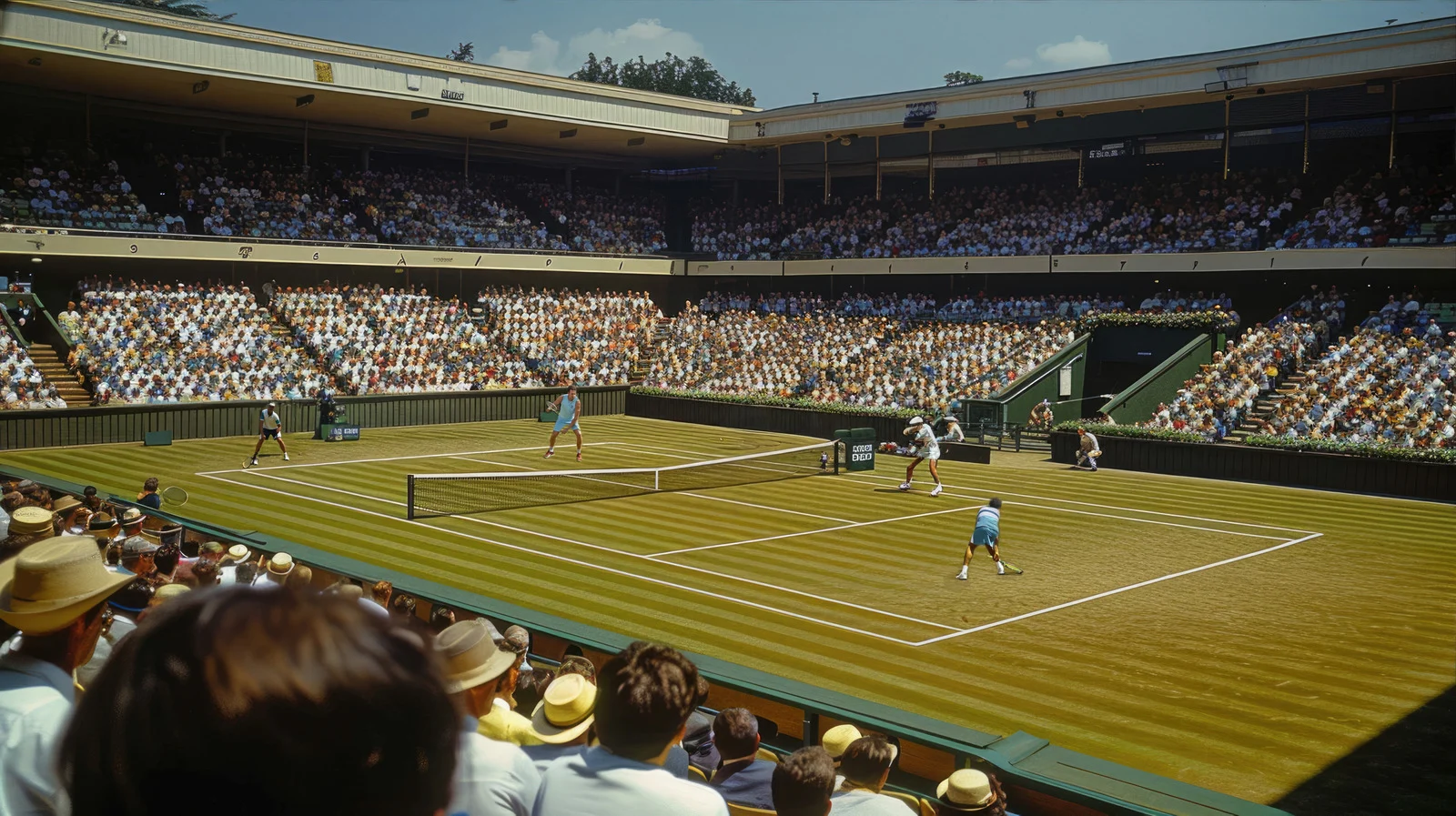Introduction
Tennis has been a popular worldwide sport and tennis tournaments captures millions of fans each year. World’s best tennis players come together to compete for such events. They compete for championship title and hefty prize money.
Different types of tennis tournaments happen at every level, be it between professional athletes and also juniors. Junior tennis tournaments are very popular in Singapore that provides various opportunities to young players balance out having fun on the court and also play on a competitive level.
In this article, you’ll learn about types of tennis major tournament, different types of courts and related formats.
What is a Junior Tennis Tournament?
Junior tennis tournaments are events that are particularly designed for juniors aged 18 and under. These events provide players with the best opportunity to refine their tennis skills and also gain immense experience helping them at a higher level of tennis competition.
These tournaments usually involves singles and doubles matches. Also, players compete in various age categories. There are many tournaments for juniors every year all around the world. The young players showcase their talent as individuals.
What is a Professional Tennis Tournament?
Professional tennis tournaments bring together the best tennis players in the world as they are the most prestigious tournaments in tennis. These championships offer a large prize pool and the most competitive professional tournaments are part of the ATP World Tour for men or the WTA Tour for women.
Men’s and Women’s professional tennis is governed by the ATP and WTA Tours. There are various professional tennis tournaments, including Grand Slam tournaments, ATP Finals, ATP Challengers, and WTA Finals.

Difference Between ATP and WTA Type of Tennis Tournaments
Association of Tennis Professionals (ATP) organizes professional men’s tennis tournaments called the ATP tournaments. On the other hand, Women’s Tennis Association (WTA) organizes professional women’s tennis tournaments called the WTA tournaments.
The main differences between the two tournaments are:
1. Gender
ATP : Exclusively for male players
WTA : Exclusively for female players
2. Prize Money
ATP : Men’s tournament have high prize money.
WTA : Women’s tournament have comparatively low prize money.
For example: Wimbledon 2021 prize money for men’s singles winner was £1.7 million. Whereas, he women’s singles winner received £1.6 million.
3. Ranking Points
ATP and WTA tournaments give points to tennis players based on their performance. But, the point system is discrete for men and women.
For example: Winner of a Grand Slam men’s singles tournament receives 2000 ranking points. Whereas, winner of a Grand Slam women’s singles tournament receives 1300 ranking points.
4. Schedule
ATP and WTA tournaments are held separately, and their schedules are different. The men’s tour has comparatively more tournaments than the women’s tour.
5. Rules
The rules of the game remain the same, whether it is an ATP or WTA tournament. However, there may be minor differences in rules and regulations related to the conduct of the tournament.
How Do Major Tennis Tournaments Singapore Work?
Format for Professional Tournaments in Tennis
- Professional championships work on a specific format that involves a singles and doubles competition.
- Players are organized into a draw, which is a bracket that determines the order of the matches.
- The number of players in a draw varies from one or two players to a field of 128 players.
- The draw is divided into various sections, and players compete in a single-elimination format until two players are remaining.
- The winner of the final match is declared the champion of the tournament.
Tennis Rankings Determination
- A player’s performance determines tennis rankings in professional games.
- The ranking system is based on a rolling 52-week cycle and is managed by the WTA and ATP tours.
Number of points earned by players on the basis of their performance, depends on various aspects:
- the level of the tournament
- their performance in the tournament
- the ranking of their opponents
The one with the maximum point at the end of the year is named as the top-ranked player in the world.
Role of Ranking Points and Prize Money
- Ranking points and prize money are two important aspects of professional tennis tournaments.
- The ranking points determines a player’s world ranking and also seedings for future tournaments.
- The winner gets the largest share of the prize money. It could millions of dollars for Grand Slam tournament.
- Ranking points and prize money measure a player’s success in the sport.

What are the Different Types of Tennis Courts?
Clay Courts
- Clay courts are the slowest tennis court and have a soft surface.
- They are made up of rushed brick, stone, or shale.
- The ball bounces higher on such courts which works in favour of players who have good defensive game and also like to use spin on their shots.
- The French Open is the most famous clay court tennis tournament in the world.
Grass Courts
- The fastest tennis courts are the Grass courts.
- They are made up of living grass and has a slippery surface.
- The ball bounces lower on these courts and it favours the players having a strong serve and volley game.
- Wimbledon is the most famous grass court tournament in the world.
Indoor Courts
- Indoor courts are faster than outdoor ones as there is no wind and the ball bounces lower.
- The tournaments which are held in colder climates often used indoor courts as they offer controlled conditions.
- These courts are often used for ATP Finals and other professional games.
How to Compete in a Junior Tennis Tournament?
Different Age Categories in Junior Tournaments
Junior tournaments or championships are organized as per player’s age. The different tournament categories start with Under 10, Under 12, Under 14, Under 16, and Under 18. The tennis players compete within their age category and the matches works on a best-of-three-sets format.
How Do Junior Tournaments Differ from Professional Tournaments?
There are many ways in which junior tennis tournaments and professional tournaments differ. Junior tournaments are comparatively smaller than professional ones, with few players and a small prize pool. Junior championships also have diff formats that includes most events with a round-robin format format by a knockout stage. The rules are also discrete in junior events. Many events disallow coaching and allows let serves that means server only needs to be taken again.
How Do Junior Tennis Players Qualify for Tournaments?
Junior tennis players require meeting specific criteria for participation. These criteria varies depending on the tournament. The typical requirements is age that shall be met by the young player and also shall have a certain ranking or eligibility level.
Eligibility points can be earned by participating in local or regional tournaments. It will help them get qualified for larger or more prestigious events. Junior tournaments are an excellent opportunity for aspiring young players to attain experience and develop skills on the court.
Conclusion
We can conclude that tennis tournaments are amazing events that calls for bringing together the best players from around the world. There are various tennis tournaments, from major Grand Slam tournaments to smaller junior events. They cater for all levels and ages.
There are so many opportunities for players to look forward and compete on the highest team levels, whether a professional tennis player or a young, aspiring player.





